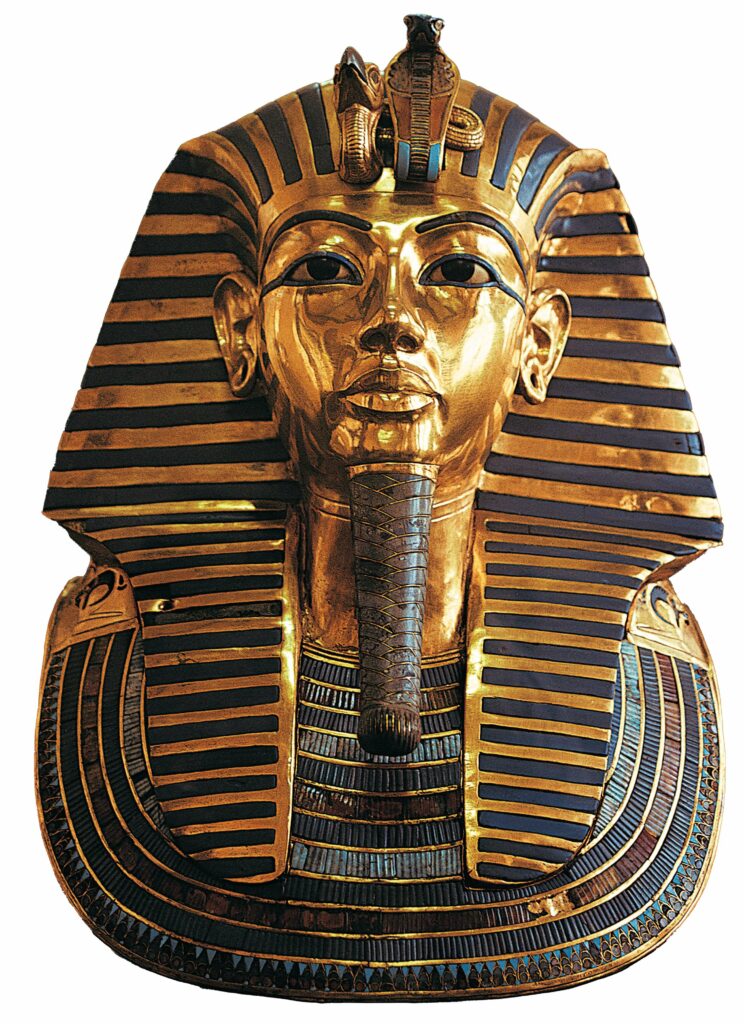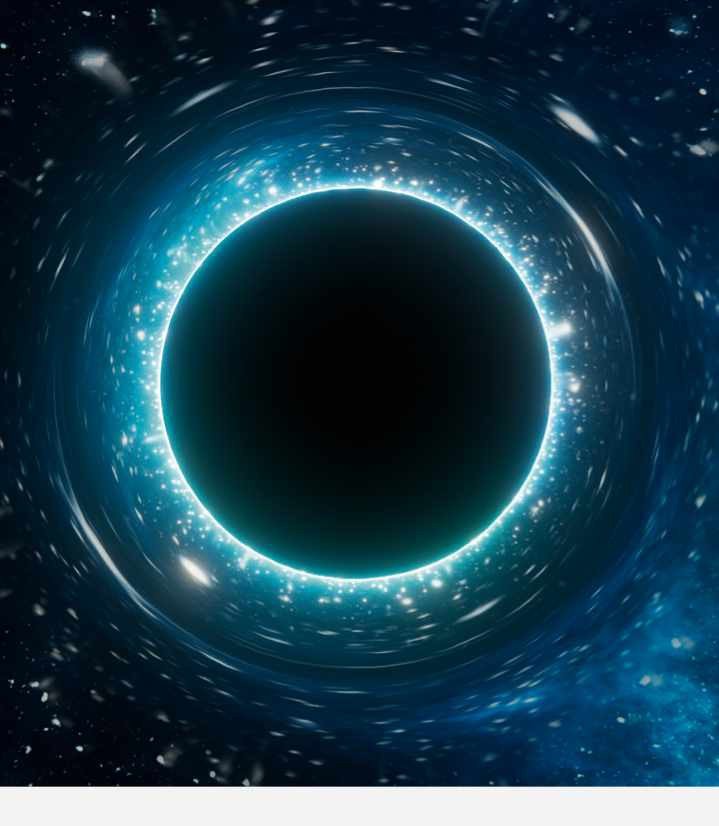CONVERSATION
Your opinions on science, technology and BBC Science Focus
LETTER OF THE MONTH
Musical tombs

Could it be possible that Tutankhamun’s tomb, KV62, was originally built by Tutankhamun to hold his relatives from el-Amarna, including Queen Nefertiti, and tomb KV55 was commissioned for his own burial (November, p68)? But because he died young, and before the tomb was ready, the priests would have been on a tight schedule to get the young pharaoh entombed. So they utilised KV62 instead, the previous occupants being unceremoniously dumped in KV55, with all the respect befitting heretics who crippled Egypt at the time. Could the rather feminine images of Tutankhamun once attributed to Hatshepsut, be of Nefertiti?
Pat McDonnell, Crosshaven, Ireland
Both KV62 and KV55 are located right in the centre of the Valley of the Kings and are small tombs of similar design. It may be that they were originally intended for senior nobles, but KV62 was extended to include a crypt when it was pressed into service for the burial of Tutankhamun. There has been a lot of speculation that Tutankhamun originally started either KV23 (used by his successor Ay), or KV57 (used by Horemheb), without any firm proof. As far as we know, Tutankhamun salvaged the burials of his relatives from Amarna and placed them directly into KV55. He certainly usurped quite a lot of the funerary goods of Nefertiti, which, as you say, are often distinctly feminine in appearance. I’m not aware of similar speculation with regard to Hatshepsut. She dates to much earlier in the 18th Dynasty and her images would reflect the style of that age.
Dylan Bickerstaffe, Egyptologist
WRITE IN AND WIN!

The writer of next issue’s Letter Of The Month wins a bundle of brilliant sci-fi books from Pan Macmillan. The prize includes the space opera Children Of Memory, by award-winning author Adrian Tchaikovsky; the atmospheric Gothic sci-fi Leech, by Hiron Ennes; and the contemporary tale of love, space and time Alone With You In The Ether, by Olivie Blake, the author of the much-acclaimed The Atlas Six.
panmacmillan.com
Black hole paradox
I listened to your podcast entitled Holding The Universe In Your Hands, with Dr Kimberly Arcand. In the discussion on the ‘sound’ of a black hole, I was able to imagine (most likely incorrectly) the sound being generated by matter rushing towards the black hole, pretty much like a vacuum. This did prompt a question for me: if matter is being sucked into a black hole (to where even Brian Cox doesn’t know), does this contradict the laws of the conservation of the mass and energy, as mass and energy are not being returned to the system? Or, are they being returned to the system, and the black hole (and beyond) is still part of the system?
The pressure waves/sound waves are moving outwards from the area of the black hole system (versus matter rushing towards the black hole). The sound waves are thought to have been generated by cavities blown out by jets from the supermassive black hole at the centre of the Perseus Cluster of galaxies. Supermassive black holes can pull material swirling around them into their gravitational grasp. During this process, some of this material is redirected away from the black hole in the form of energetic narrow beams, or jets. Such jets can significantly affect how the galaxy and its surroundings evolve.
Kimberly Arcand, visualisation scientist

Self-driving cars

I read the article on self-driving cars (November, p44) with great interest. I am in agreement with Prof Jack Stilgoe that the rollout of self-driving cars is going to be a slow process, and the UK government’s target of 2025 will be limited to most likely vehicles on motorways. The area this technology needs to be applied to is buses. In the post-COVID years, service levels have become appalling. Staff shortages and illnesses seem to have no end in sight. It will not only end these issues, but it’ll also massively reduce costs for service providers, meaning that bus routes that previously were unviable become possible, meaning (hopefully) better service provision.
Email • reply@sciencefocus.com
Post • BBC Science Focus, Eagle House, Colston Avenue, Bristol, BS1 4ST
Twitter • @sciencefocus
Facebook • www.facebook.com/sciencefocus
Instagram • @bbcsciencefocus
THE TEAM
EDITORIAL
Editor • Daniel Bennett
Managing editor • Alice Lipscombe-Southwell
Commissioning editor • Jason Goodyer
Digital editor • Thomas Ling
Staff writers • Alex Hughes, Holly Spanner
ART
Art editor • Joe Eden
Picture editor • James Cutmore
CONTRIBUTORS
Claire Asher, Scott Balmer, Rob Banino, Steve Benford, Hayley Bennett, Peter Bentley, Steve Boswell, Daniel Bright, Steve Brusatte, Daniel Crespo, Kate Darling, Emma Davies, Sam Falconer, Amy Fleming, Sam Freeman, Alice Gregory, Wendy Hall, Matt Holland, Christian Jarrett, Stephen Kelly, Pete Lawrence, Katie Mack, Nish Manek, Holly McHugh, Michael Mosley, Stephanie Organ, Jheni Osman, Helen Pilcher, Helen Scales, Julia Shaw, Valentin Tkach, Luis Villazon, Joe Waldron, Kimberley Wilson, James Witts.
ADVERTISING & MARKETING
Business development manager • David D’Souza
Newstrade manager • Rob Brock
Subscriptions director • Jacky Perales-Morris
Direct marketing manager • Kellie Lane
MOBILE
Head of apps and digital edition marketing • Mark Summerton
INSERTS
Laurence Robertson 00353 876 902208
LICENSING & SYNDICATION
Director of licensing and syndication • Tim Hudson
International partners manager • Anna Brown
PRODUCTION
Production director • Sarah Powell
Production coordinator • Lauren Morris
Ad services manager • Paul Thornton
Ad designer • Julia Young
PUBLISHING
Publisher • Andrew Davies
Group managing director • Andy Marshall
CEO • Tom Bureau
BBC STUDIOS, UK PUBLISHING
Chair, editorial review boards • Nicholas Brett
Managing director, consumer products and licensing • Stephen Davies
Director, magazines and consumer products • Mandy Thwaites
Compliance manager • Cameron McEwan
UK publishing coordinator • Eva Abramik
Contact UK.Publishing@bbc.com
EDITORIAL COMPLAINTS editorialcomplaints@immediate.co.uk
ANNUAL SUBSCRIPTION RATES (INC P&P): UK/BFPO £77; Europe & Eire £92.54; Rest of World £102.90.
Audit Bureau of Circulations 50,142 (combined, Jan-Dec 2021)

BBC Science Focus Magazine is published by Our Media Ltd (an Immediate Group Company), under licence from BBC Studios who help fund new BBC programmes.
© Our Media Ltd 2022. All rights reserved. Printed by William Gibbons Ltd.
Our Media Ltd accepts no responsibility in respect of products or services obtained through advertisements carried in this magazine.
IMAGES: GETTY IMAGES X2, ALEXANDER DENNIS GROUP